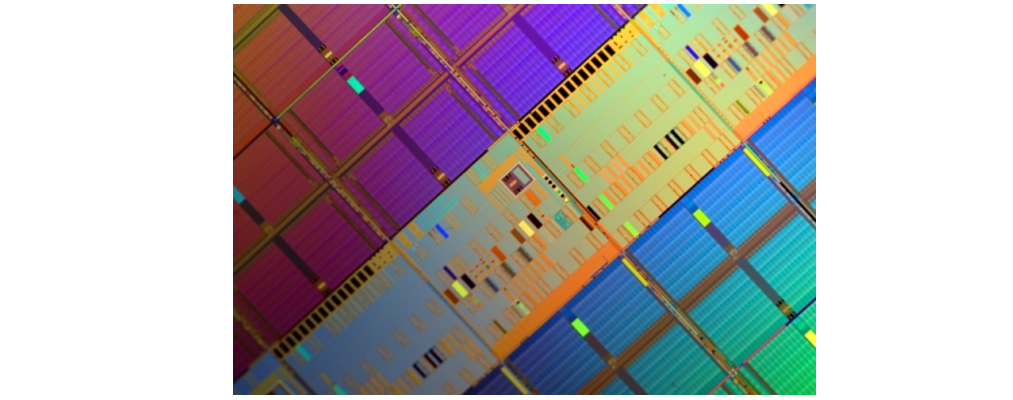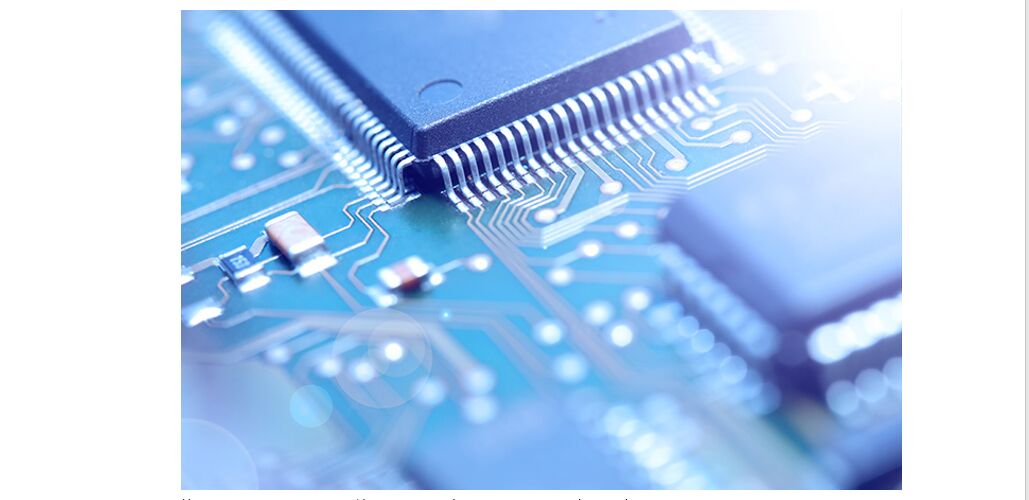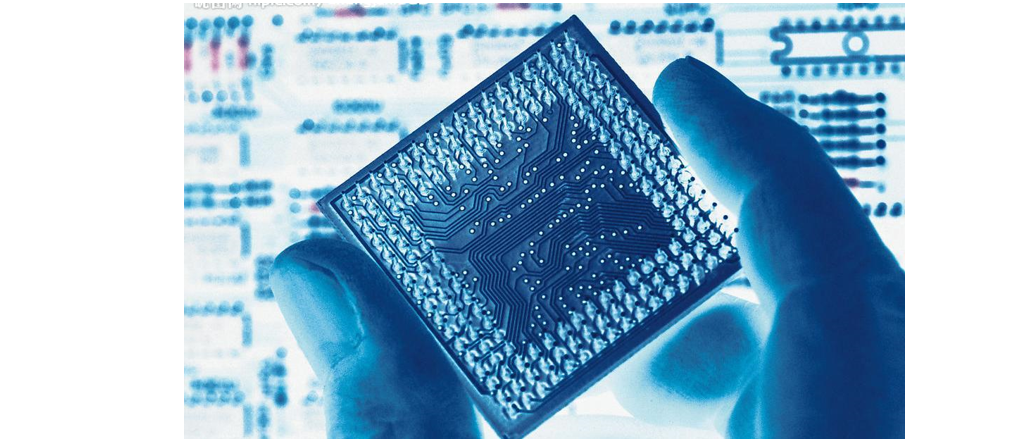|
The OP
Published on 2021-3-12 17:51
Only look at the author
This post is from Domestic Chip Exchange
Latest reply | ||
|
|
||
|
2
Published on 2021-3-14 08:39
Only look at the author
This post is from Domestic Chip Exchange
| ||
|
|
||
|
|
|
annysky2012
Currently offline
|
3
Published on 2021-3-14 21:59
Only look at the author
This post is from Domestic Chip Exchange
| |
|
Personal signature
没有什么不可以,我就是我,不一样的烟火! |
||
|
|
|
4
Published on 2021-3-16 23:03
Only look at the author
This post is from Domestic Chip Exchange
| ||
|
Personal signature
默认摸鱼,再摸鱼。2022、9、28 |
||
|
|
- 【Posts】Why are chips so difficult to make? It's a miracle to make these
- 【Posts】Looking for the movie download website of "Miracle"!
- 【Posts】Automotive chips are hard to come by, 20 yuan chips are being sold for 3,000 yuan, and it takes more than 400 days to get them
- 【Posts】A young man uses stones to extract silicon to make chips, claiming to "solve" the chip crisis in 99 seconds
- 【Posts】Is there any domestic chip factory that makes 74 series chips?
- 【Posts】Next, let's discuss whether the polished chips are real or fake.
- 【Posts】Internal structure problem of SG2525A chip
- 【Posts】About LDO voltage regulator chip
- 【Design】DER-636 - 40 W multi-output power supply with 4 LED drivers for computer monitors using InnoSwitch3-MX and InnoMux chipsets
- 【Design】DER-635 - 45 W multi-output power supply for LED TV using InnoSwitch3-MX and InnoMux chipset
- 【Design】DER-871 - 26 W multi-output power supply for monitors and appliances using InnoSwitch3-MX and InnoMux chipset
- 【Design】DER-672 - 220 W Power Factor Corrected LLC Power Supply for TVs and Monitors Using HiperLCS-2 Chipset and HiperPFS-5
- 【Design】TPA3116 100W*2 dual chip power amplifier board with op amp
- 【Design】CAT9555 chip test board
- 【Circuits】Touch switch made of music doorbell chip KD-9300
- 【Circuits】BA1404 FM transmitter chip internal principle block diagram and application circuit diagram
- 【Circuits】CS5466 application schematic |TypeC to HDMI8K30HZ+PD+U3 expansion chip schematic
- 【Circuits】USB-serial port conversion circuit made with CP2102 chip
- 【Circuits】FPGA chip minimum system circuit design guide - circuit diagrams read every day (103)
- 【Circuits】Time-controlled password electronic doorbell circuit based on 555 chip
- 【Articles】Why is it so difficult to make an automotive-grade chip?
- 【Articles】Difficult automotive chips require more powerful chip IP
- 【Articles】The "chip alliance" cannot hinder the development of the mainland. Taiwanese scholars: TSMC's excessive cooperation with the United States is risky
- 【Articles】The B side of the "US-Japan chip alliance": "Vertical and horizontal alliances" cannot hide the loss of US hegemony
- 【Articles】The latest response from the Ministry of Industry and Information Technology! Difficulties in charging new energy vehicles and chip supply may be solved
- 【Articles】The waiting time for chip delivery is extended again, and the shortage is unlikely to improve
-
Why is SIC so popular now? Is it because of its special features that it has advantages in the fields of automobiles and new energy?
WhyisSICsopopularnowIsearchedforitandpostedithereforeveryonetoseeifitisthecase?ThereasonwhySiC(SiliconCarbide)issopopularnowismainlyduetothefollowingfactors:1.ExcellentphysicalandchemicalpropertiesHighhardnessandstability:SiCisaveryhardcera ...
-
Why is 5G millimeter wave so difficult?
Ifthesub6GHz5Gnetworkislikenedtoexpandingasingle-lanehighwayinanoldcity,thenmillimeterwave5Gisequivalenttobuildinganewfour-toeight-lanehighwayinanewcity.Comparedwithsub6GHz,millimeterwavenotonlyhastheadvantagesoflargebandwidth,highcapacitya ...
-
GPS spoofing has become a global problem, but how can we solve it?
GPSspoofing,aformofdigitalattackthatcandeflectcommercialairlinersfromtheirroutes,hassurged400percentinrecentdays,accordingtocybersecurityresearchers,withdatashowingasmanyas1,350flightswerespoofedduringpartsofthisyear.GPSspoofing—it’sabout ...
- Advanced Designer 25.0.2
- [Mil-Allwinner T527 Development Board-Trial Evaluation]-OpenCV Gesture Recognition
- Summary of Spectrum Analysis Algorithms
- What is an adder? What is an inverting adder?
- ±1% Tolerance 47kΩ Linear Thermistor in 0402 Package Option
- [Repost] Unpacking a hand warmer and power bank bought on a certain website for 6 yuan
- Based on ST FOC5.3 self-made IHM08 V3 board: non-sensing/sensing Hall/sensing encoder/torque mode and other reference programs/circuits...
EEWorld Datasheet Technical Support
-
Qualcomm launches its first RISC-V architecture programmable connectivity module QCC74xM, supporting Wi-Fi 6 and other protocols
On November 14, Qualcomm announced the launch of two connectivity modules, QCC74xM and QCC730M, f
-
It is reported that memory manufacturers are considering using flux-free bonding for HBM4 to further reduce the gap between layers
On November 14, according to Korean media ETNews, Samsung Electronics, SK Hynix, and Micron are a
-
ON Semiconductor CEO Appears at Munich Electronica Show and Launches Treo Platform
During Electronica, ON Semiconductor CEO Hassane El-Khoury was interviewed by Power Electronics N
- AMD launches second-generation Versal Premium series: FPGA industry's first to support CXL 3.1 and PCIe Gen 6
- SEMI: Global silicon wafer shipment area increased by 6.8% year-on-year and 5.9% month-on-month in 2024Q3
- TSMC's 5nm and 3nm supply reaches "100% utilization" showing its dominance in the market
- LG Display successfully develops world's first stretchable display that can be expanded by 50%
- Seizing the Opportunities in the Chinese Application Market: NI's Challenges and Answers
- New diaphragm-free solid-state lithium battery technology is launched: the distance between the positive and negative electrodes is less than 0.000001 meters
- Photoresist giant JSR Korea EUV MOR photoresist production base started construction, expected to be put into production in 2026
- Problems with STM32 and passive buzzer playing sound
- Embedded Tutorial_DSP Technology_DSP Experiment Box Operation Tutorial: 2-28 Building a Lightweight WEB Server Experiment
- OPA847IDBVR op amp domestic replacement
- AG32VF407 Test UART
- [Digi-Key Follow Me Issue 2] Chapter 1: Sharing on receiving the goods
- What model is this infrared receiver? Which model can be used instead? Thank you
- Selling brand new unopened ZYNQ 7Z020 FPGA core board
- The LORA module used in the lithium battery-powered water meter setting can save energy when 100 water meters are installed in one corridor.
- I would like to ask, when a port is set to RX0, is it necessary to set the input and output direction of this port?
- Why is this year so difficult? It’s even more difficult than during the pandemic. I’m 30 and facing unemployment. I’m so confused.
- Ask about the voltage regulator test question
- [Xiaohua HC32F448 Review] About Xiaohua Semiconductor's UART interrupt sending and PRINTF construction and redirection
- 【BIGTREETECH PI development board】 HDMI output test
- 【BIGTREETECH PI development board】+08. Audio test (zmj)
- [Xiaohua HC32F448 Review] +RTC electronic clock
- # STM32H7S78-DK Development Kit Three-week Review: Implementation and Analysis of Simple Sound Collection and Storage Using SD Card Reading and Writing
- [STM32H7R/S] Review⑧ nano edge ai studio training a model--Part 1
- [2024 DigiKey Creative Competition] A "fortune-telling" artifact based on Raspberry Pi
- New energy vehicle on-board AC slow charging and maintenance
- Embedded Engineer AI Challenge Camp (Advanced): Deploy InsightFace algorithm on RV1106 for real-time face recognition of multiple people
- I want to make a self-driving car. I saw one on Bilibili that costs 300 yuan. I am hesitant.
- [K230 Embedded AI Development Board Review] + License Plate Recognition and Billing Management
- How to deploy LVGL free graphics library on low-cost ARM platform, based on Allwinner T113-i
- Please help me analyze the reasons why EMI fails.
- ChatTTS is really awesome!
- 参会有好礼 | 2024 瑞萨电子MCU/MPU工业技术研讨会
- 深圳站:11月30日(周六)深圳湾万怡酒店
上海站:12月06日(周五)上海喜玛拉雅酒店
奖励设置:现金红包、螺丝刀套装或30元京东卡
- Littelfuse 新品赋能电子产品安全可靠并高效, 10+挑战等你探索!
- Littelfuse 应用赋能星球,覆盖了诸多应用痛点及解决办法,邀请工程师一起探索,解锁更多设计力!
- 了解英飞凌新品AIROC™ CYW5591x 无线MCU,答题赢好礼!
- 无线键盘鼠标套装、智能音箱、登山包、收纳包
- 下载资料赢好礼!看Vicor模块化电源解决方案如何推动创新
- 活动时间:即日起-2024年12月31日
如何参与:点击活动页内您想了解的模块,找到资料下载即可参与抽奖,活动结束后统一发奖!
- 有奖活动|英飞凌高密度双相电源模块为高性能运算平台而生
- 活动时间:即日起-12月15日
活动奖励:蓝牙音箱、氮化镓充电器套装、黑色小背包
- 本周精选下载推荐:电源管理基础Dummies
- 本周小编给大家带来一本超简单、超干货的电子书——《电源管理基础Dummies》!内容深入浅出,排版舒服简洁,分分钟能get到电源管理最核心的知识内容。
EEWorld
subscription
account

EEWorld
service
account

Automotive
development
circle

About Us Customer Service Contact Information Datasheet Sitemap LatestNews
- I want to get started with FCN deep learning, what should I do?
- I want to get started quickly with halcon deep learning, what should I do?
- I want to get started quickly with machine learning in Matlab, what should I do?
- I want to get started with microcontroller C language easily, what should I do?
- For the entry of FPGA, please give a study outline
- For the introduction of small microcontrollers, please give a learning outline
- Please give a learning outline for getting started with natural language processing neural network models
- How to get started with dsp and fpga
- What papers should I read to get started with deep learning?
- Free AI artificial intelligence


 Room 1530, Zhongguancun MOOC Times Building,
Block B, 18 Zhongguancun Street, Haidian District,
Beijing 100190, China
Tel:(010)82350740
Postcode:100190
Room 1530, Zhongguancun MOOC Times Building,
Block B, 18 Zhongguancun Street, Haidian District,
Beijing 100190, China
Tel:(010)82350740
Postcode:100190
 京公网安备 11010802033920号
京公网安备 11010802033920号







 提升卡
提升卡 变色卡
变色卡 千斤顶
千斤顶